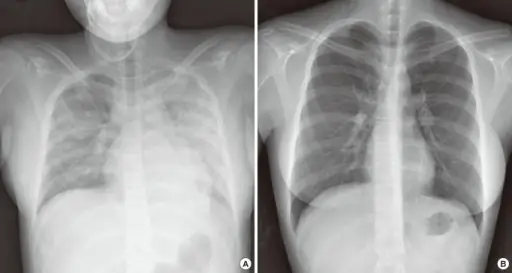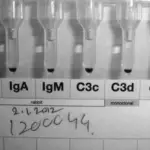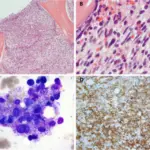Acute hemolytic transfusion reaction is an immune-mediated or a non- immune-mediated transfusion reaction that leads to blood hemolysis and it fatal and life-threatening.
What is the Pathology of Acute Hemolytic Transfusion Reaction?
The pathology of acute hemolytic transfusion reaction is:
-Etiology: The cause of acute hemolytic transfusion reaction is ABO incompatibility, administration of the wrong type of blood.
-Genes involved: None.
-Pathogenesis: The sequence of events that lead to acute hemolytic transfusion reaction is when on is given the wrong type of blood the recipient’s antibodies destroy the donors’ blood, and the coagulation cascade is activated, which at the end it leads to blood hemolysis
-Morphology: NA.
-Histology: NA.
How does Acute Hemolytic Transfusion Reaction Present?
Patients with acute hemolytic transfusion reaction typically both male and female present at an age range of childhood. The symptoms, features, and clinical findings associated with acute hemolytic transfusion reaction include fever, chills, chest pain, back pain, dyspnea, low blood pressure.
How is Acute Hemolytic Transfusion Reaction Diagnosed?
Acute hemolytic transfusion reaction is diagnosed by blood grouping and crossmatching, direct antiglobulin test and blood microscopy.
How is Acute Hemolytic Transfusion Reaction Treated?
Acute hemolytic transfusion reaction is treated by immediate cessation of the blood transfusion, diuretics furosemide, fluid replacement therapy, close monitoring of the vital signs and vasodilators to improve the cardiac output.
What is the Prognosis of Acute Hemolytic Transfusion Reaction?
The prognosis of acute hemolytic transfusion reaction poor since the reaction can be fatal even with the smallest millimeter of blood.



